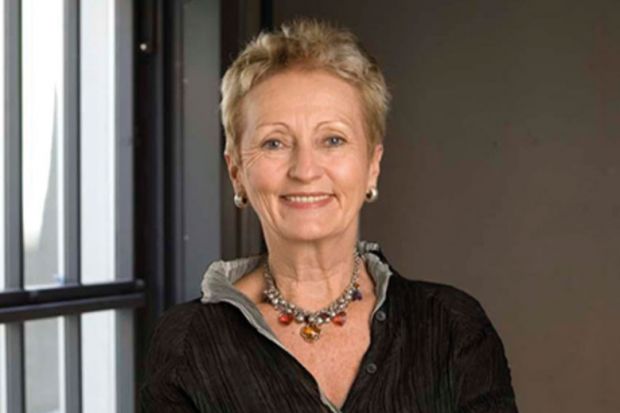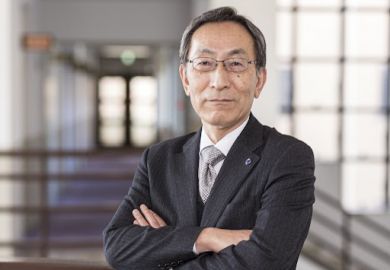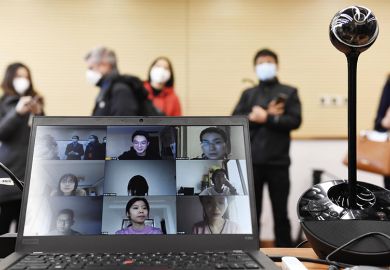Australian higher education reviewer Denise Bradley’s “deep disappointment” was that her vision for a properly integrated tertiary education sector was never realised, colleagues have said following her death.
Professor Bradley, who died on 20 March, had immense influence on higher education within and beyond Australia. In a nation where many reports gather dust, her seminal 2008 review spawned innovations such as the demand-driven university funding system, a national higher education regulator and national targets for university attainment and participation.
But Australia failed to embrace her recommendations for vocational education and training (VET), which Professor Bradley knew intimately.
“She was looking for a post-secondary sector [with] VET institutions and higher education in much better alignment,” said Kwong Lee Dow, former vice-chancellor of the University of Melbourne, whose working relationship with Professor Bradley started in the 1980s.
He said the “gulf” between the two sectors, with VET a state responsibility and universities funded federally, had proven too wide to bridge. “That really has been to the detriment of tertiary education as a whole,” he added.
Professor Bradley’s 2008 recommendations included placing VET and higher education under a single national regulator, with the sectors overseen by one ministerial council and informed by a sole government research agency.
She also wanted demand-driven undergraduate funding extended to non-university providers including VET colleges, as well as a “tertiary entitlement funding model” crafted for all levels of post-school qualification – with income-contingent loans (ICLs) covering fees for vocational diplomas.
These recommendations were either overlooked or applied haphazardly and, in the case of ICLs, disastrously. Mismanaged training loans leached billions of dollars from training budgets, as did open market reforms to state training systems.
And VET colleges were unable to compete in undergraduate education because their students received no government subsidies, while universities with uncapped places absorbed thousands of students arguably better suited to vocational training.
Policy veteran Peter Noonan said Professor Bradley’s ultimately unsuccessful efforts to avoid a funding imbalance between VET and higher education had been her “biggest disappointment”.
“She cared deeply about universities as public institutions, but she fundamentally cared about their role in broader society,” said Professor Noonan, a member of the Bradley Review panel. “She started from a broader worldview and worked back to the role of universities – she didn’t start from the role of universities and work outwards.”
Professor Lee Dow said that as a former vice-chancellor, higher education reviewer and president of the Australian College of Educators, Professor Bradley would naturally be regarded as “very much a university person”. This perception did not gel with the actual approach of a former schoolteacher who was “able to see different parts of education in a coherent picture”, he added.
The Covid-19 crisis could renew the push for better integrated tertiary education, as tens of thousands of job losses trigger massive need for retraining. But Australian National University higher education policy expert Andrew Norton said such reform required too much “policy and political energy” at a time when governments faced more immediate problems.
He said the demand-driven system, abolished by the government in 2017, would be a good way of meeting the spike in educational demand likely to follow the crisis. Rekindling the system would be “the main way of restoring her legacy”, he said.




